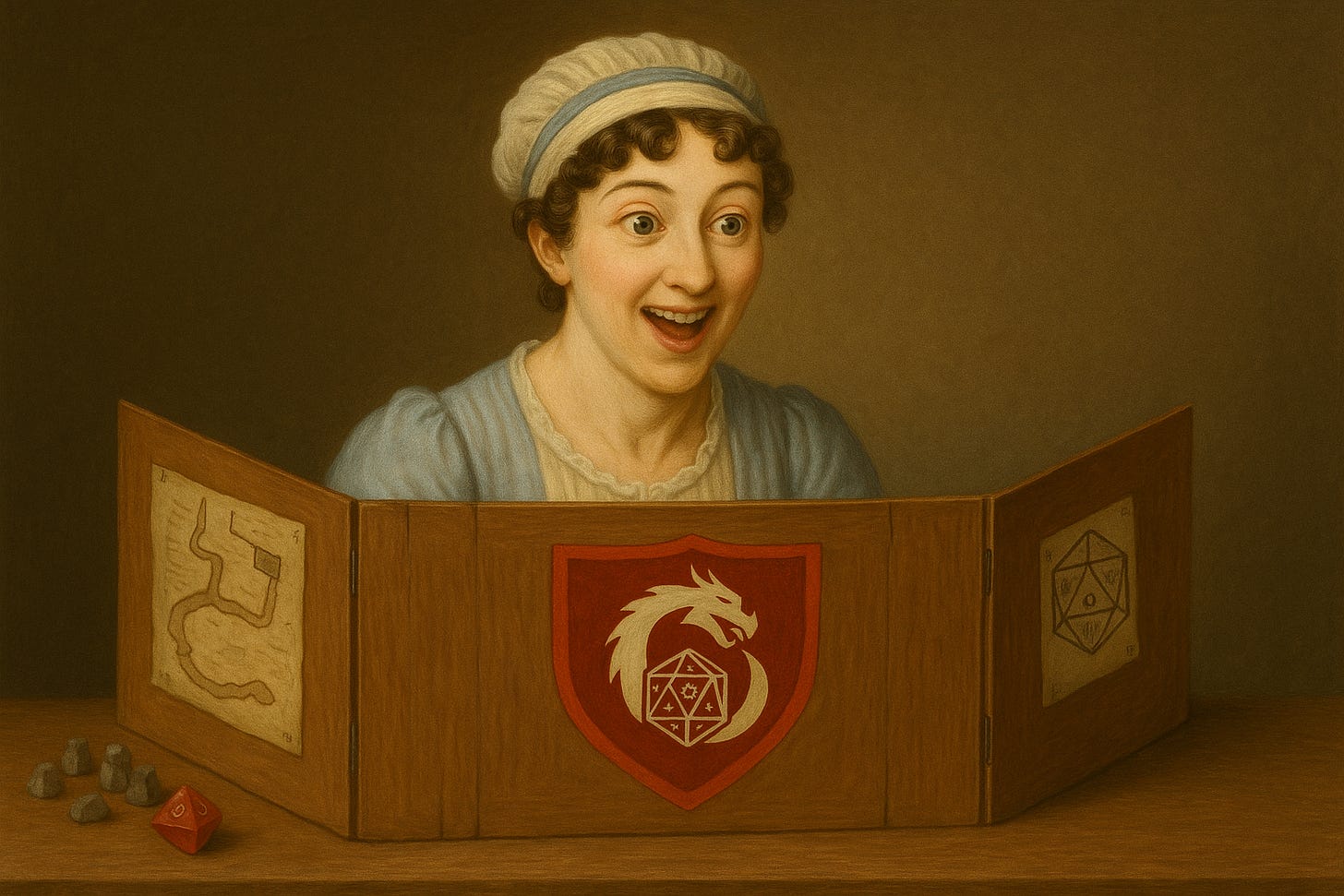What Tabletop Game Design Taught Me About Designing for Digital
Prototyping with Lego blocks and that feeling of fun
When most people think about game design they picture screens. Engines, editors, prototyping tools, and rows of sticky notes about features and systems. But some of the most valuable design lessons I’ve learned didn’t start on a screen at all. They started with cardboard.
If you’ve ever studied game design formally you’ll know this is nothing new. Tabletop prototyping is often taught in design courses as a way to explore ideas quickly and understand systems at their most fundamental level. But it's not just a school thing. This really works. It holds up in practice - even in fast-paced, high-pressure production environments. It’s not just something you grow out of. It’s something you grow into.
Tabletop design forces clarity. You can’t rely on animations or placeholder VFX to sell the feeling. Every mechanic has to be explained. Every interaction has to be played. Every rule - even the ones you forgot to write down - will be questioned the moment someone else touches the system.
In fact, messier is better. You are a lot less attached to scraps of paper than assets hours have been spent on. The whole sunk cost fallacy has no tricks to play on your mind. You don't even need ‘proper’ playing cards. Any old scrap of paper or post-it will do.
Prototyping with whatever is at hand
I’ve used Lego blocks and dice to prototype combat mechanics. The Lego pieces were just counters, representing stamina, health, and hit points. We played through edge cases, damage reactions, and pacing just by acting things out at a table. We saw patterns in how the system felt way before it existed in code. That clarity helped us move faster in our design decisions and what we prioritised for development.
On another project my team built a dungeon-crawling prototype using a deck of cards and a couple of dice. Each card represented a room. Dice rolls determined enemy behaviour, loot, and branching paths. Within an hour we figured out what worked, what didn’t, and what made sense to move into full design.
This kind of prototyping invites collaboration. You don’t need Unity installed or a dev branch updated. You just need a table, a rough idea, and a few people to run through it. Artists, producers, even people outside of design can jump in and give input because the mechanics are visible, tangible, and understandable.
Inspiration from the table
It also makes you think critically about what’s really necessary. Every mechanic you test in a tabletop format adds a layer of manual complexity. That pressure forces you to streamline. You end up cutting or simplifying things far earlier than you would if you jumped straight into development - which saves time, and sometimes entire features, down the line.
There's a lot of inspiration to be had from tabletop games too. Feelings that we want to capture. Sitting at a table playing an RPG or a board game with friends is some of the most fun I've ever had. Trying to capture that thrill is part of why I do what I do. When I'm working on a social game it's a big part of the feeling I'm trying to give our players. In Heroes of Fortune the party mode is our way of bringing that thrill and fun in.
Not every system needs a paper prototype. But when something feels messy or not quite right, when no one on the team is quite sure what the experience is yet… it’s often the quickest way to clarity.
This isn’t about trading engines for notepads. It’s about recognising when stepping away from the screen can move you forward faster. Tabletop tools aren’t just for the classroom. They’re powerful, flexible design tools that scale beautifully when used with purpose.
At the end of the day, if something doesn’t work on the table, chances are it won’t work on screen either.


